VES PROJECT
PROYECTO VES
José Álvarez-Cornett
(@chegoyo en Twitter)
CARACAS (Chegoyo.com)
December 18th, 2022
Last Revision: Feb 11, 2023
ESPAÑOL
Crónicas Digitales de Ucrania en Venezuela
With PayPal you can
support VES PROJECT.
Click the DONATE button below.
How many Ukrainians came to Venezuela?
Up until now, the contributions of Eastern Central European immigration to Venezuelan society, and in particular the influence of Ukrainians, had received little or no attention. The aftermath of World War II left millions of people uprooted, among whom approximately 2.3 million were Ukrainians. Most of them, either voluntarily or forced, returned to communist Ukraine. However, the exception was some 210,000 Ukrainians who refused to return to areas under Soviet control.
During the 20th century, there was a small Ukrainian presence in Venezuela since at least 1925, but the majority of Ukrainian immigrants came to our country between 1947 and 1951 from refugee camps in Europe.
Some of these displaced Ukrainians having Czech or Polish passports or exiles without official documents, but of Ukrainian origin, emigrated to Venezuela and took up residence, some for only years and others for a lifetime; it has been estimated that between 3,400 to 4,500 Ukrainians came to live in Venezuela.
VES PROJECT and Ukrainian immigration in Venezuela
The Digital Chronicles of Ukraine in Venezuela (Crónicas Digitales de Ucrania en Venezuela) that have been published weekly since October 2, 2022, in Papel Literario of the Venezuelan newspaper El Nacional are inspired by a research program, entitled Ukraine in Venezuela: Heritage and Cossack Spirit in the Land of Grace (Ucrania en Venezuela: Herencia y Espíritu Cosaco en la Tierra de Gracia), carried out by VES PROJECT (PROYECTO VES)¹ to study the contributions of Ukrainian immigrants to Venezuelan society.
Ukrainians are part of the Venezuelan history of the arts, culture, education, and jurisprudence (especially, private international law). They contributed to the development of our science —in mathematics, chemistry, physics, and food science—, agronomy (especially, in chemical pesticides, the creation of parks, and in reforestation), the health sector —in medicine, dentistry, and biomedical research—, and engineering (electrical, civil, mechanical, geological, and chemical). Mathematician Mischa Cotlar (1913-2007) and food scientist Nikita Ivanovich Czyhrinciw (Микита Іванович Чигринцiв, 1906-1970) deserve a special mention.

LEFT: Mischa Cotlar, who is considered one of the best mathematicians in Latin America, was born in Sarny, Rivne Oblast, Ukraine. RIGHT: Nikita Czyhrinciw, a Food Science expert, was born in Romny, Sumy Oblast, Ukraine. They, Mischa and Nikita, both taught at the Faculty of Science of the Central University of Venezuela.
Ukrainian immigrants also founded companies and opened photography workshops or studios; Others, from various fields —religious, mechanics, surveyors, master builders—, or simple workers, equally sowed their efforts in Venezuelan society.

Black Sea Sporting Club. Members of the Chornomortsi sports club in 1950. Source: Archivo Osyp Panchyshyn.
Ukrainians and Sports in Venezuela
Ukrainians also started a soccer team representing their sports society called Chornomortsi (Чорноморці) in Ukrainian —Club Deportivo Mar Negro, in Spanish or Black Sea Sporting Club, in English). This club had sections dedicated to soccer, table tennis, volleyball, athletics, and chess. The Chornomortsi Club participated in the Soccer Second League (Segunda Liga de Fútbol) playing matches against other teams in this division at the El Paraíso National Stadium and at the Fray Luis de León Club’s soccer playground, both in El Paraíso, Caracas.
Ukrainian Artists in the Land of Grace

The Barvinok Ukrainain Folk Dance Group. Source: Ukrayins’ka Hromada u Venesueli, Osyp Panchyshyn, “Ukrainian Echo” Almanac, 1999.
In the arts, Ukrainians in Venezuela excelled in classical ballet and folk dance (i.e. the Barvinok Dance Group directed by Julia Herbot de Bondarenko, 1920-2002 in the city of Valencia), cartoons, electronic music, photography, and Fine Arts (painting and ceramics).

Torres del Silencio, Caracas (circa 1956). Ukrainian photographer Myron Dmytrejchuk (Мирон Дмитрійчук) (1936-1997) consecrated himself to show the Venezuelan landscape, in general, and urban landscape, in particular. Source: Archivo Fotografía Urbana.
In Fine Arts stand out the artistic representation of the Venezuelan landscape by several Ukrainian-born painters (Iván Belsky (1923-2003), Vasyl Krychevsky, and Halyna Krychevska de Linde (1918-2006), among them) and the large canvas oil paintings on the life of Doctor José Gregorio Hernández (Belsky) and the illustrations of many covers and children’s stories in Tricolor magazine by Halyna Mazepa de Koval (1910-1995), the daughter of Isaak Mazepa (1884-1952), a Head of the Government of Ukrainian People’s Republic (UPR) from August 1919 to May 1920, and MD Bacteriologist Natalia Synhalevych o Singalevich (1882-1945).

Four Ukrainian women in Venezuela. From left: Halyna Mazepa, Children’s MD Lya Imber, lawyer Tatjana (Tatiana) Bogdanowsky, and painter Halyna Krychevska de Linde, the daughter of the great Ukrainan painter Vasyl Krysevsky.
Together with jurist Tatjana (Tatiana) Bogdanowsky (1925-2009), Halyna Mazepa is one of the Ukrainian women who had a large influence on Venezuelan society due to her illustrations for children’s books and magazines.
Great Ukrainians in Venezuela
Also, some important Ukrainian personalities lived and died in Caracas such as the great artist, painter, and architect Vasyl Hryhorovych Krichevsky (Василь Григорович Кричевський, 1873-1952); the diplomat, politician, and journalist Vasyl Lukich Paneyko (Василь Лукич Панейко, 1883-1956) who, between November 1918 and January 1919, served as Minister of Foreign Affairs of the West Ukrainian People’s Republic; and Kuban Cossack historian Peter Leontiyovych Makarenko (Петро Леонтійович Макаренко, 1888-1970).

From left: Vasyl Krichevsky (1873-1952); Vasyl Lukich Paneyko (1883-1956), and Peter Makarenko (1888-1970).
Peter Makarenko, an example of a Ukrainian immigrant
Peter Makarenko was a Kubanese patriot and a member of the Cossack aristocracy who championed the causes of the Ukrainian-speaking Kuban Cossacks and fought against Russification and for the independence of the Kuban. He was an intellectual with great organizational skills and diplomatic skills. He was a member of the Kuban Legislative Council and Territorial Council (1917-1919) and participated in the Kuban delegation sent to the General Cossack Congress in Petrograd (today’s Saint Petersburg) in mid-1917.
For his political activities, Petro Makarenko was arrested and in December 1919 deported to Turkey from where he moved to Czechoslovakia. While in exile in Prague, he displayed all his organizational capacities by creating and directing the Kuban Relief Committee (Kuban Hromada) (1921-1939) and, in 1925, founding the Kuban Foreign Relations Archive. Petro Makarenko is the author of the monumental work Trahediya kozachestva (The Tragedy of the Cossacks) in 5 volumes, 1933-39.
Peter Makarenko in Venezuela
Episode 3 (Makarenko al aire) of the Digital Chronicles of Ukraine in Venezuela tells the life story of the Makarenko family. At the end of 1948, Petro Makarenko emigrated to our country and settled down in Caracas where he co-founded some of the Ukrainian organizations in Venezuela. In 1949 he founded the Center for the Study of the Culture of Venezuela and Ukraine.
Two years later, in Caracas, after obtaining from the government a permit for the Ukrainian Community Center (Ukrayinskyi Narodnyi Dim) to broadcast a radio program in Ukrainian, Petro Makarenko produced a half-hour radio program —in Ukrainian with comments in Spanish— that aired on Radio Difusora Nacional de Venezuela, every Sunday, from October 21, 1951, and until 1959.
This radio program included topics related to Ukrainian history and culture and served to inform its radio listeners about the heroic struggles of Ukrainians for a free and independent Ukraine and about the atrocities of the Soviet communist regime. Additionally, he produced some musicals and special radio programs for Christmas and/or Easter season. He also managed to fully broadcast the famous Ukrainian opera Bohdan Khmelnytsky (1951) by Kostiantin Fedorovych Dankevych (1905–1984).
In the fifties, at the National Library of Venezuela (Biblioteca Nacional de Venezuela, BNV) Petro Makarenko began to organize a collection of rare books and manuscripts, gathering and cataloging nine thousand pieces. Years later, in 1969, a Bulgarian specialist in rare books named Ivan Drenikoff found this modest special collection compiled by Makarenko and expanded it considerably to form the current BNV Rare Books and Manuscripts Fund (Fondo de Libros Raros y Manuscritos de la BNV). In Caracas, Petro Makarenko wrote a book in Spanish which I have not been able to locate called, Imperialismo, colonialismo y capitalismo en Rusia: Panorama histórico 1462-1962 —Imperialism, Colonialism, and Capitalism in Russia: Historical Panorama 1462-1962— (Caracas: 1963).
More research needs to be done
There is so much left to be done in this VES PROJECT research program. So far, we have studied the life of about two dozen Ukrainians, some in more detail than others. Therefore, some case studies need to be deepened. Additionally, in this first study, some cases were left out and in 2023 they need to be studied. To carry out this new phase of the project financial resources are needed.
The results and preliminary conclusions obtained in this investigation on Ukrainian immigration to Venezuela are supported by hundreds of digital fragments in the form of photographs, birth and death records, immigration documents, lists of movements of people displaced by World War II, obituary notices, and articles in magazines and newspapers in several languages obtained by applying the Digital Historical Sounding (SHD) methodology.
VIDEO: Ukrainians in Venezuela
See below a video about the project Ukraine in Venezuela (sound in Spanish, subtitles in English).
Links to the Digital Chronicles
Here are the links to the twelve chronicles or episodes already published in Papel Literario (in Spanish); they can be read in English using Google Translate.
(October 2, 2022)
(October 8, 2022)
(October 15, 2022)
(October 22, 2022)
EPISODIO 5: IMBER, BARU Y GROM
(October 29, 2022)
(November 4, 2022)
EPISODIO 7: CIENCIA, SALUD Y DERECHO
(November 12, 2022)
EPISODIO 8: MOYI INZHENERY (MIS INGENIEROS)
(November 19, 2022)
(November 26, 2022)
EPISODIO 10: CHORNOMORTSI: CIENCIA Y DEPORTE
(December 3, 2022)
EPISODIO 11: MYSTETSTVA (ARTES)
(December 10, 2022)
EPISODIO 12: HALYNA TRICOLOR. PARTE I
(December 16, 2022)
EPISODIO 12: HALYNA TRICOLOR. PARTE II
(January 21, 2023)
(February 11, 2023)
SUPPORT
VES PROJECT
VES PROJECT is an independent research initiative with no other source of funding except for the support it receives from its readers and people sympathetic toward the project’s aims and objectives. Because living conditions in Venezuela became very harsh and restricted, your support is now more needed than ever to help us continue to do more research and writing.
If your budget allows for it, will you make a contribution to support VES PROJECT? You can use PayPal to support us by clicking the DONATE button below.
Your help will go a long way and will be highly appreciated. Thanks!
NOTES
(1) VES is an acronym in Spanish having a double meaning. When it refers to immigration in Venezuela it means Vinieron, Educaron y Sembraron (They Came, Taught and Sowed) (the seeds of knowledge) and when it refers to the recent Venezuelan intellectual emigration to other countries, it means Viajaron, Emigraron y Surgieron (They Traveled, Emigrated and Succeeded).
The video below is an old video (2013) in English explaining the nature of the VES PROJECT initiative.
_________
SOBRE EL AUTOR: José G. Álvarez Cornett ( @Chegoyo en Twitter )
Miembro de COENER, del grupo “Physics and Mathematics for Biomedical Consortium“. Representante de los Egresados ante el Consejo de Escuela de Física, Facultad de Ciencias, UCV.
@Chegoyo 2022
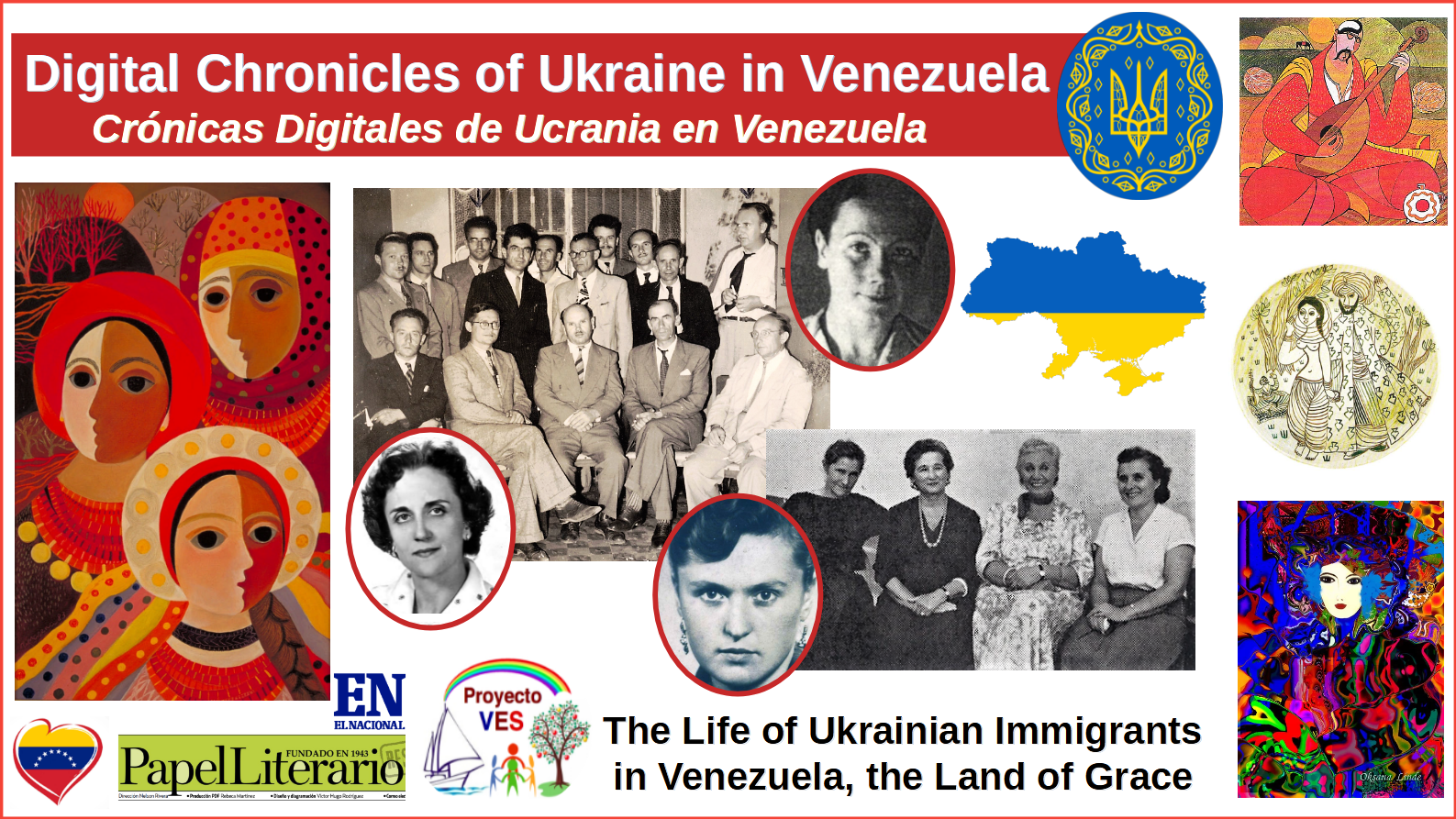

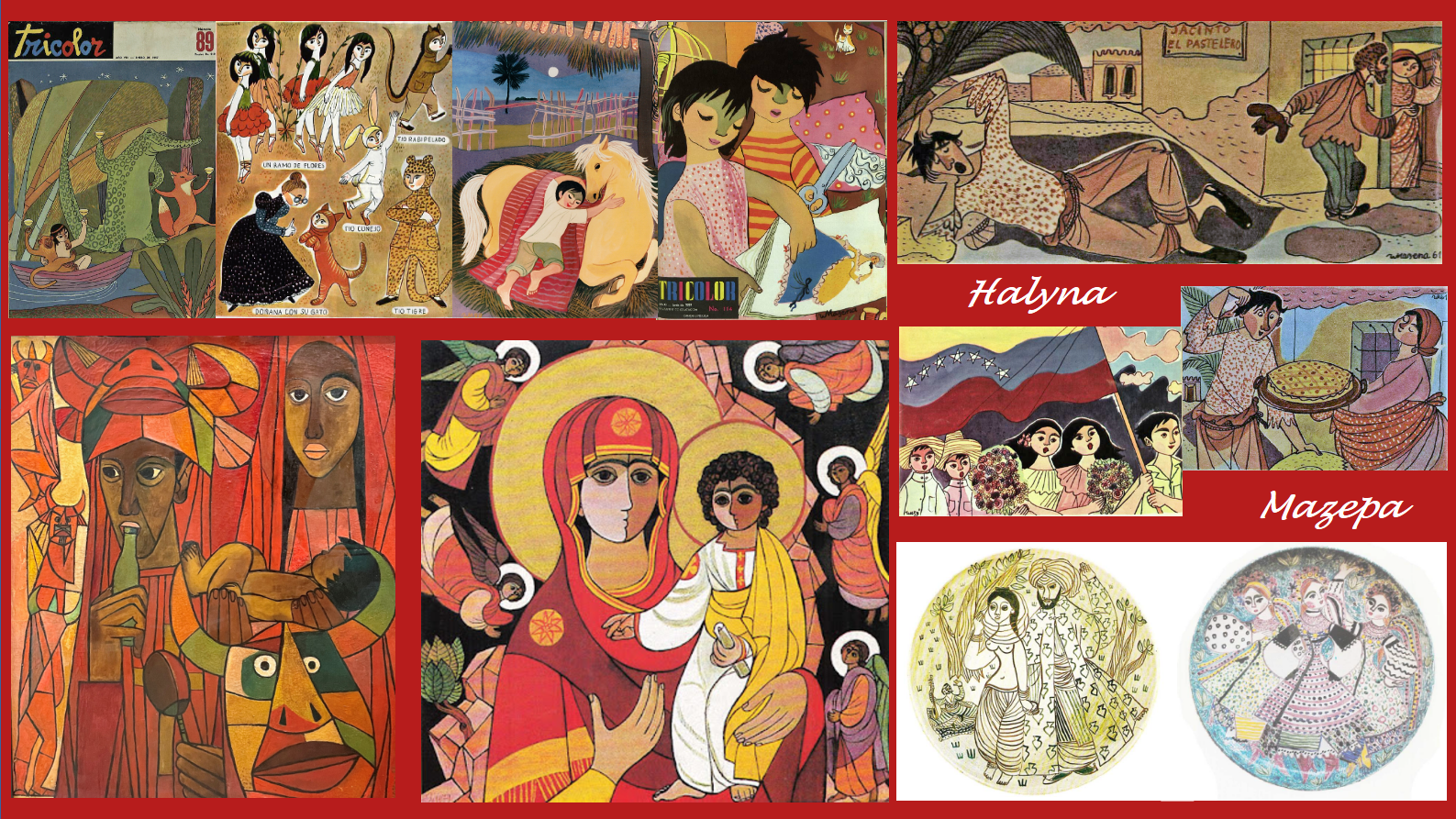
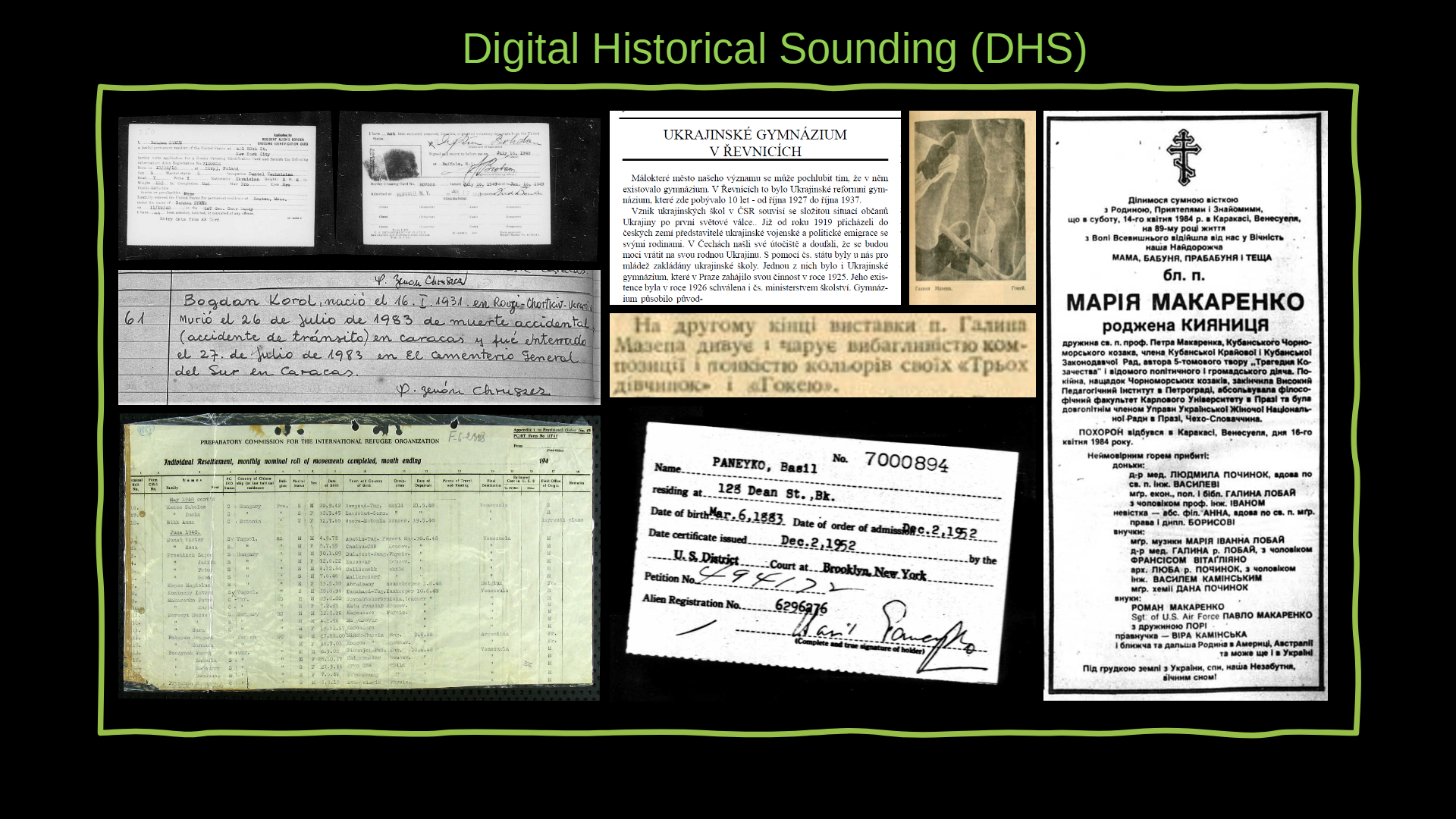
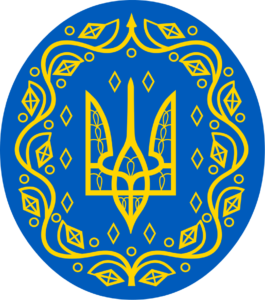
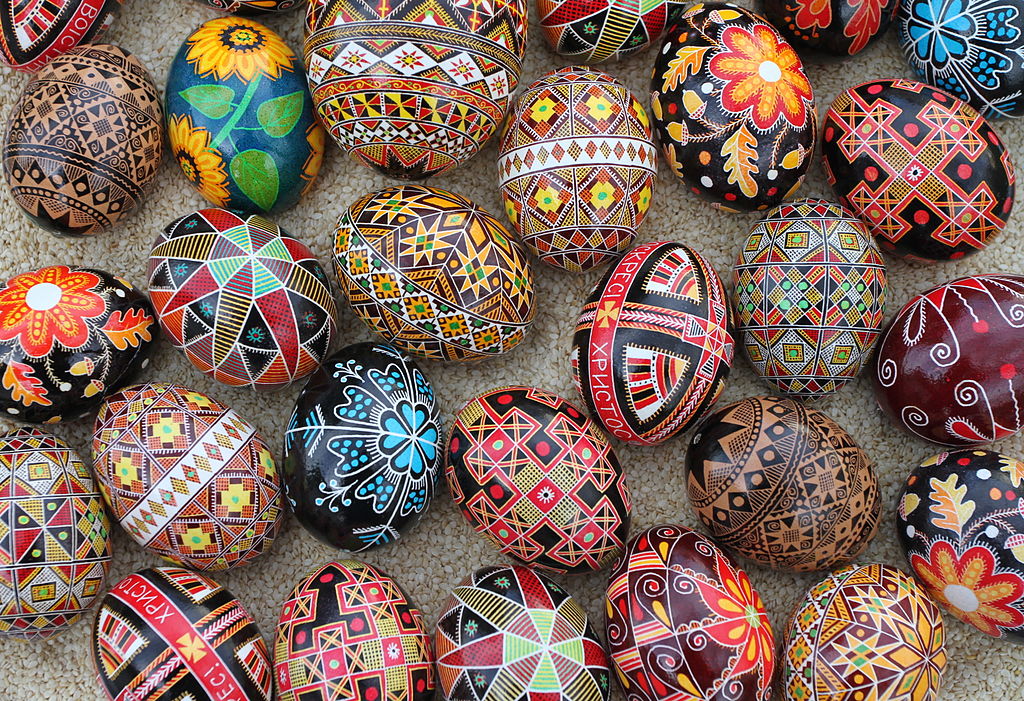

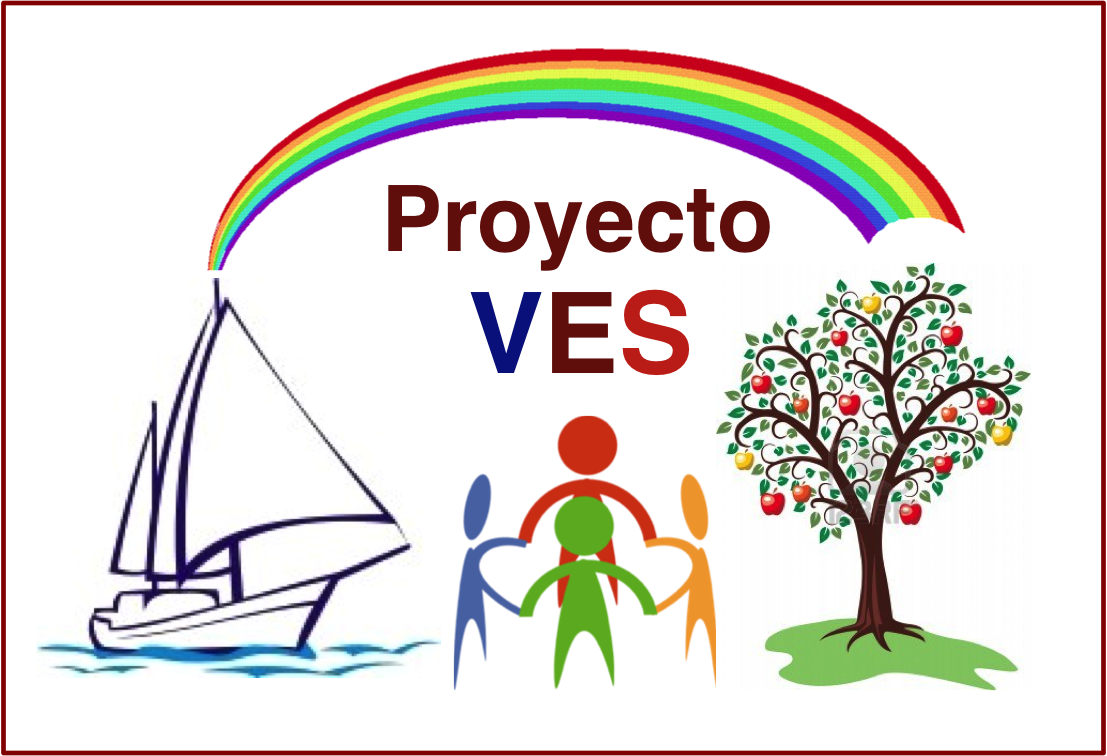


el senor pedro makarenko, reunio en la Biblioteca Nacional de Venezuela y hizo catalogar de acuerdo al formato unicamente acerca de nueve mil libros antiguos o impresos hasta finales del siglo XVIII..Las colecciones de Libros Raros, Manuscritos y Mapas antiguos eran creadas por mi persona Ivan Drenikoff.